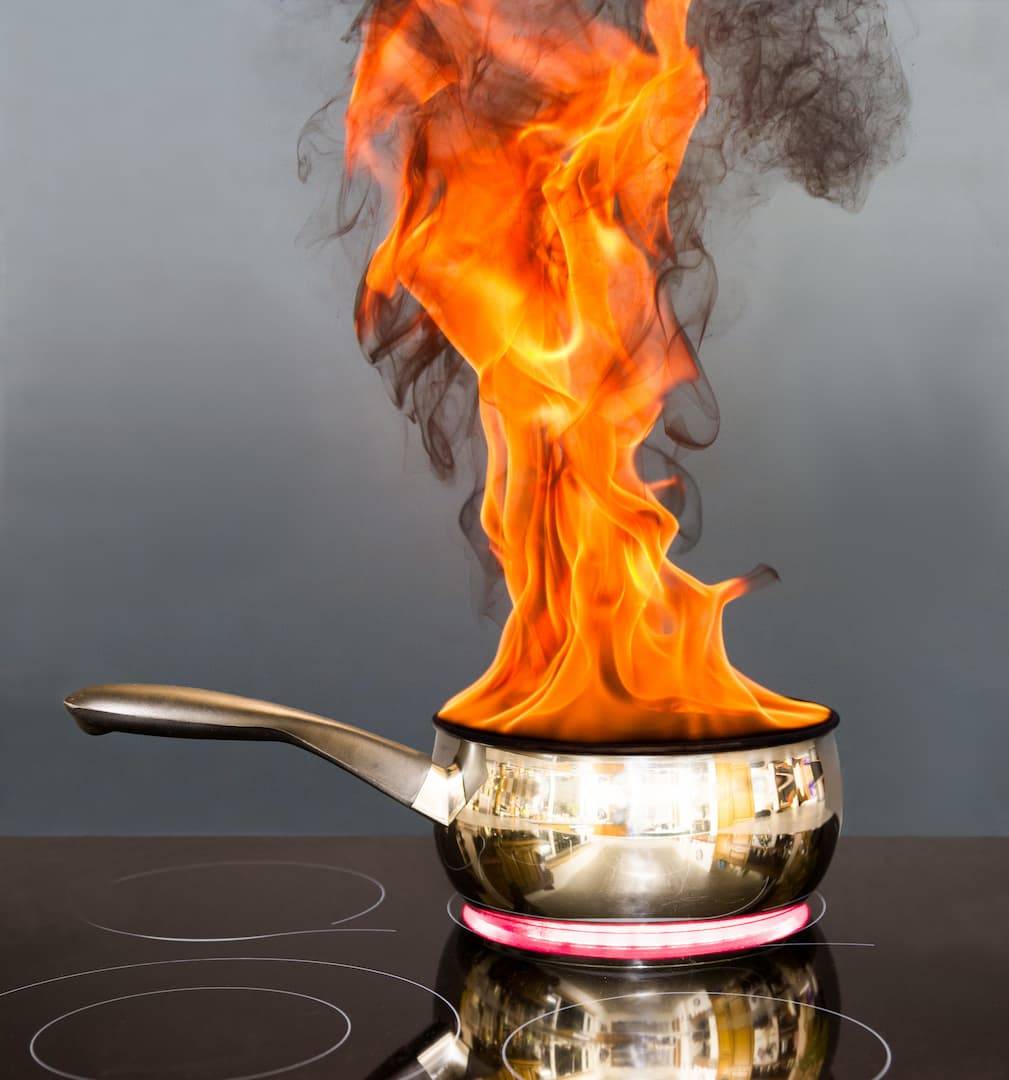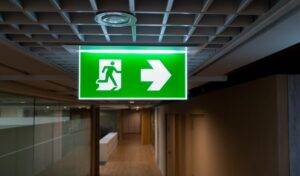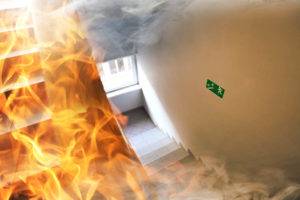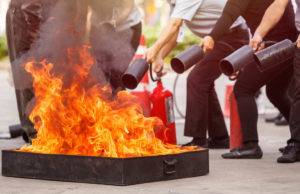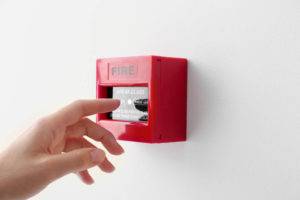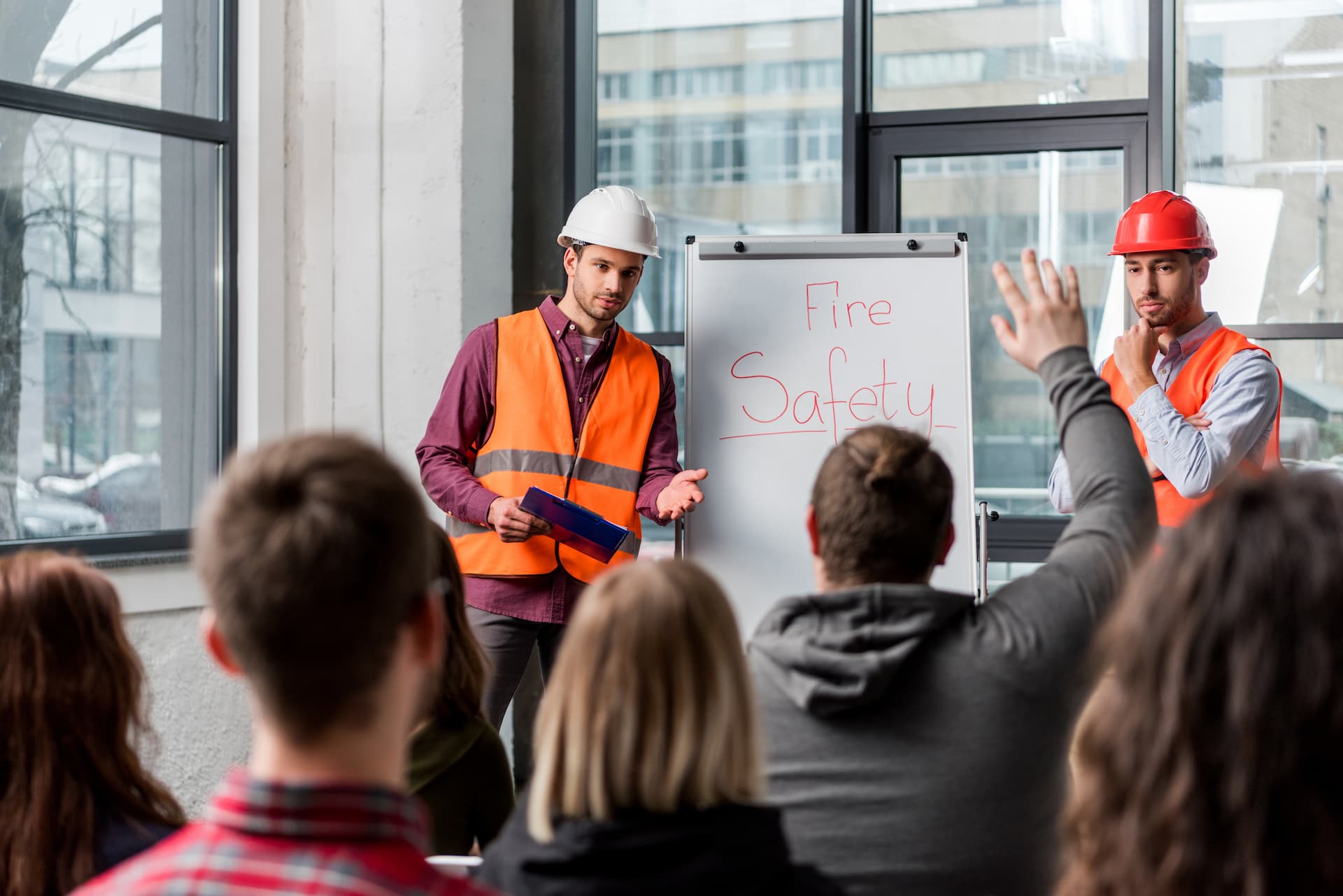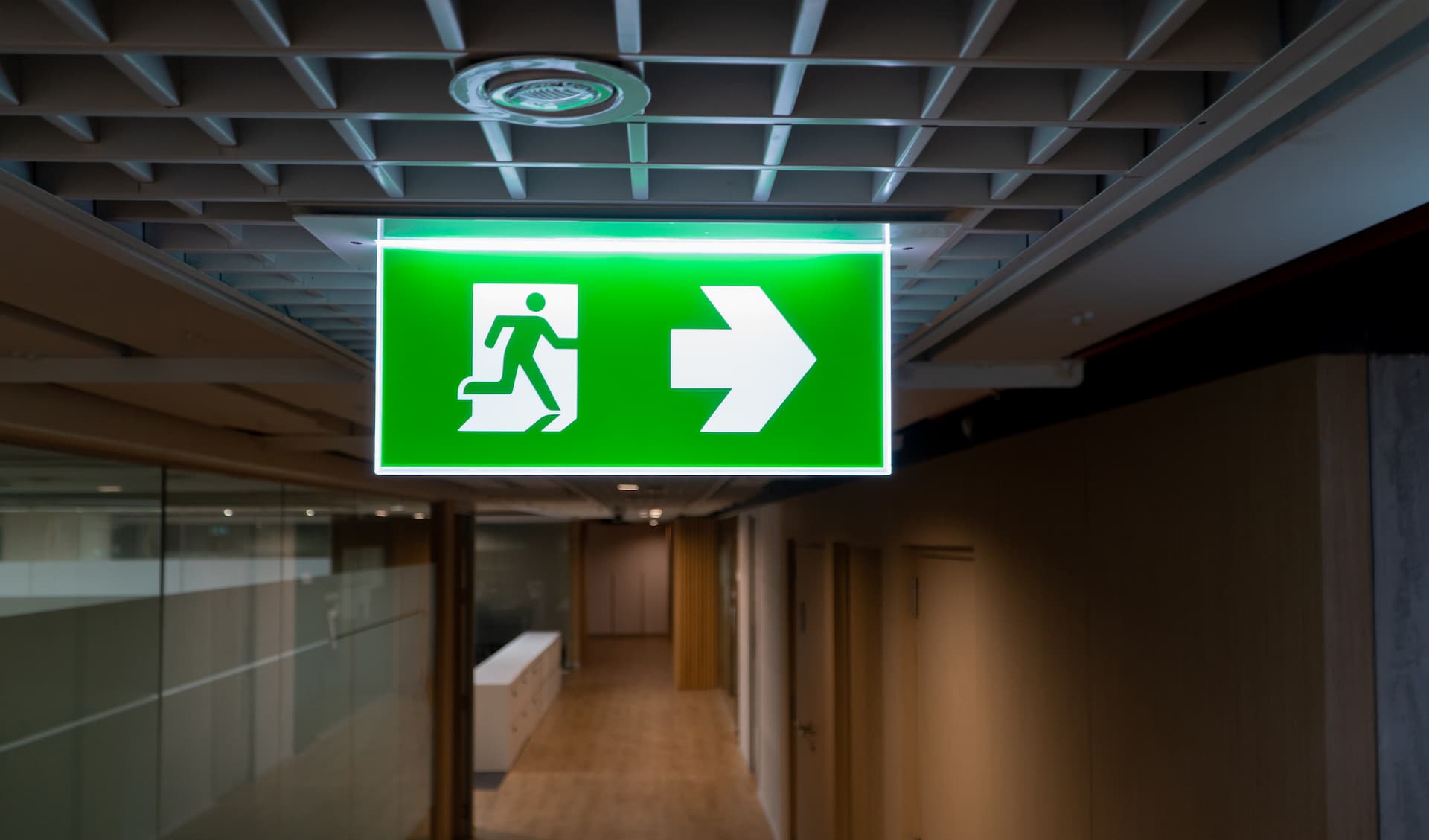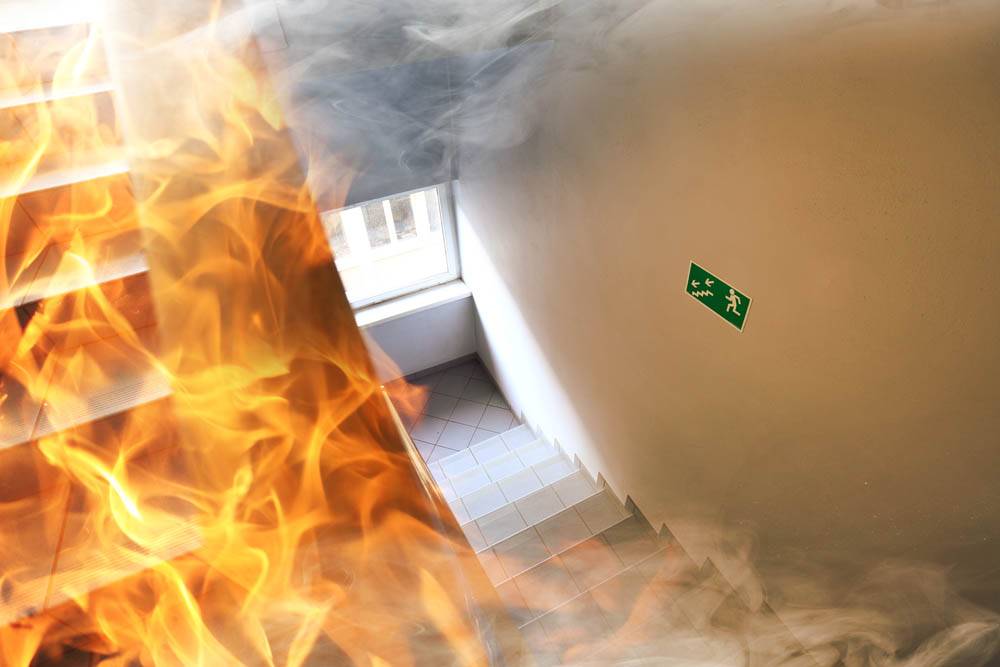Many homeowners allow fire safety and precautions to slip to the back of their minds. However, it cannot be overstated how important it is to be prepared in the event of a fire. An effective fire safety plan doesn’t take long to put together, and shouldn’t be too expensive.
We’ve created a short guide that everyone should be able to follow with ease, so you can put your home’s fire safety first.
Fit Your Home With Alarms
There are two different alarms that every home will need.
Fire Alarms
At a minimum, each level of your home should have at least one fire alarm. However, this rule should be applied sensibly. If you have a large bungalow that consists of many rooms that are far apart, you’ll almost certainly need more alarms.
Your fire alarms will also need to be tested regularly to ensure they’re working. A quick check once per month is ideal, and shouldn’t take too long.
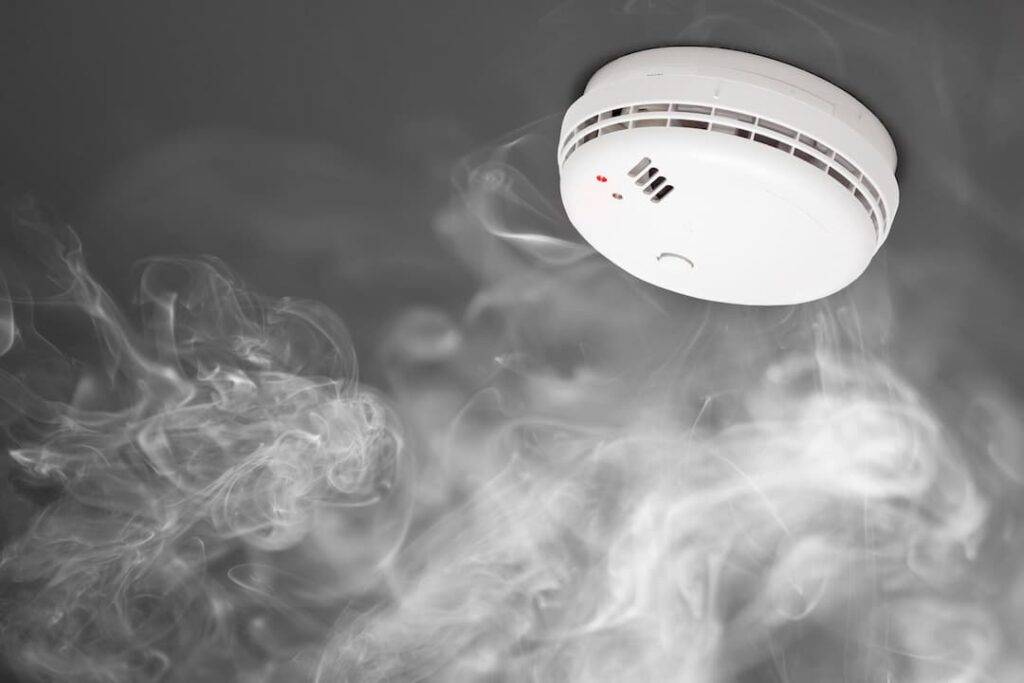
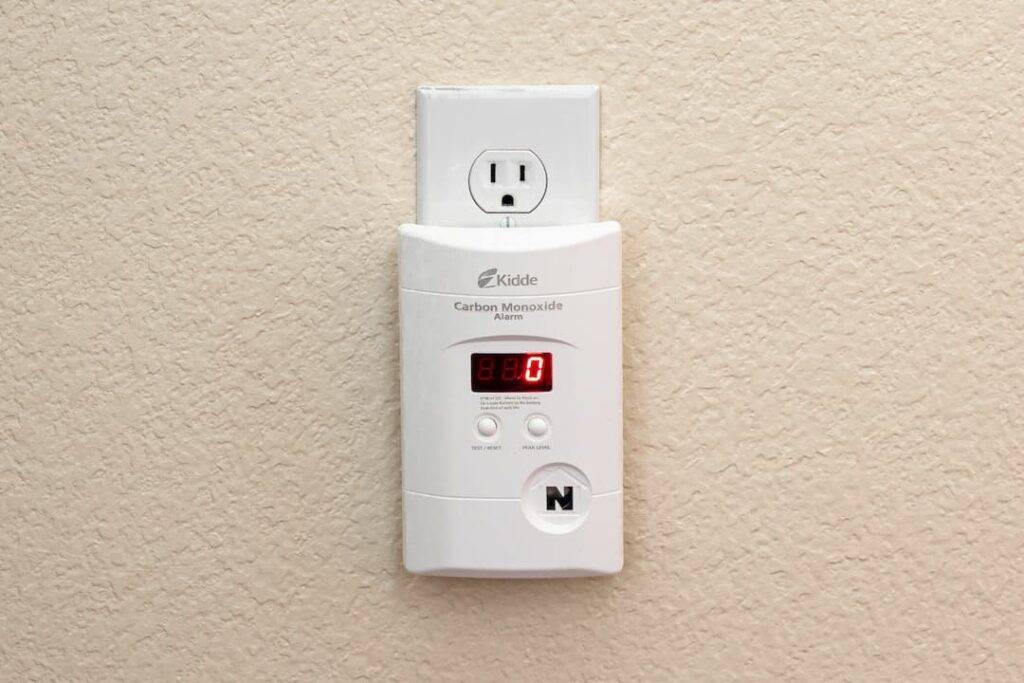
Carbon Monoxide Alarms
You should also have carbon monoxide alarms fitted in every room of your property that has a fuel-burning appliance. This is particularly important if your home has a boiler in the bedroom, as carbon monoxide is an undetectable killer. Just like your fire alarms, you should be testing your carbon monoxide alarm every month to ensure it’s working properly.
The only exception might be a home that doesn’t use fuel-burning appliances such as gas boilers, fires or stoves. However, even without these fixtures it’s still worth fitting a carbon monoxide alarm as you never know when a gas appliance could be brought into your home unexpectedly. Even portable gas fires can pose a risk.
Protect Your Kitchen From Fire
With 60% of fires starting in the kitchen, it’s important to know how to cook safely.
Smoke Alarms Or Heat Alarms?
Smoke alarms can be annoying in the kitchen, as some dishes will produce a safe amount of smoke that could trigger the alarm.
This is why we recommend fitting heat alarms in your kitchen. These will only trigger when the temperature increases rapidly, making it more accurate at detecting fires. With heat alarms, if you burn some toast you won’t need to worry about triggering them.
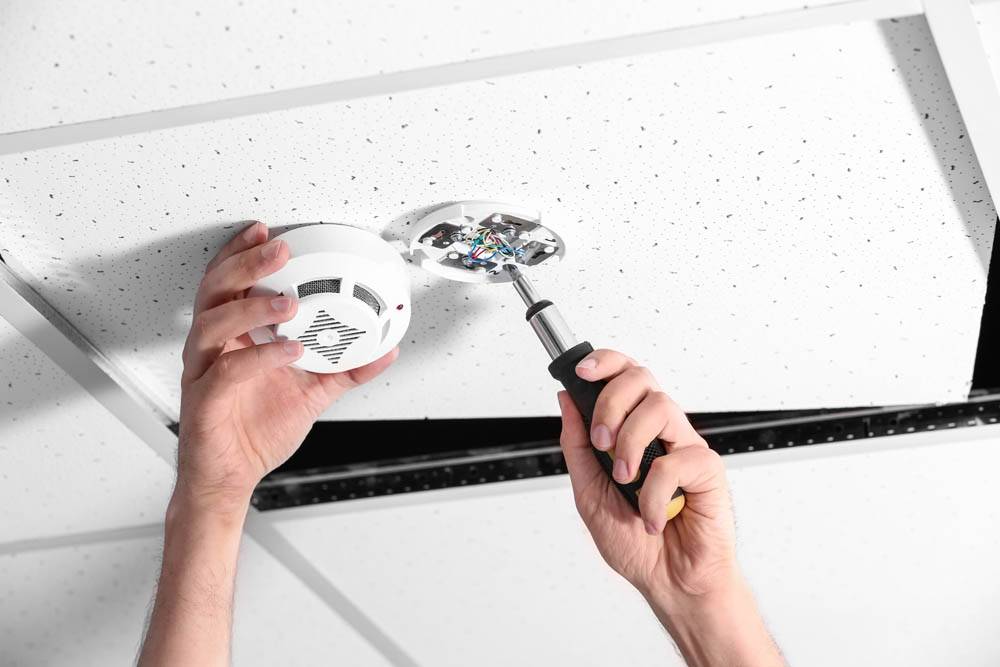
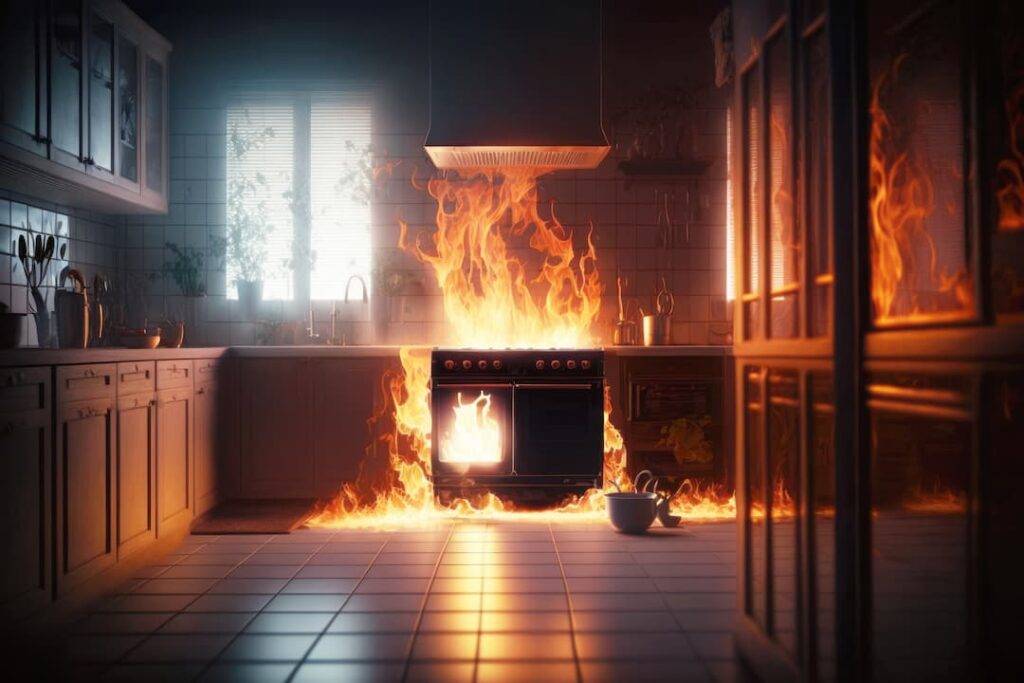
Always Cook With Care
You should never leave cooking unattended. If you need to leave the kitchen for any reason, the safest thing to do is to turn the hob and oven off. It’s easy to get distracted while cooking, so set timers and make sure you’re monitoring anything that’s on the heat.
Be mindful of any loose clothing, as it’s possible for it to catch alight if you’re not careful. Ideally, any fabric or hair will be tied up and kept out of the way. If you do find your clothing on fire at any time, the best thing to do is drop to the floor and roll to smother the flames. A fire blanket or piece of heavy fabric will help, but if none are available rolling on the floor will suffice. It’s important that you don’t run if you or your clothing are on fire, as this can make the flames bigger.
Clean Your Kitchen
It’s common for toasters to catch on fire when there are too many crumbs in the bottom. Build ups of fat or grease can also set alight if you’re not careful, so make sure you wipe down your hob, oven and extractor fans regularly.
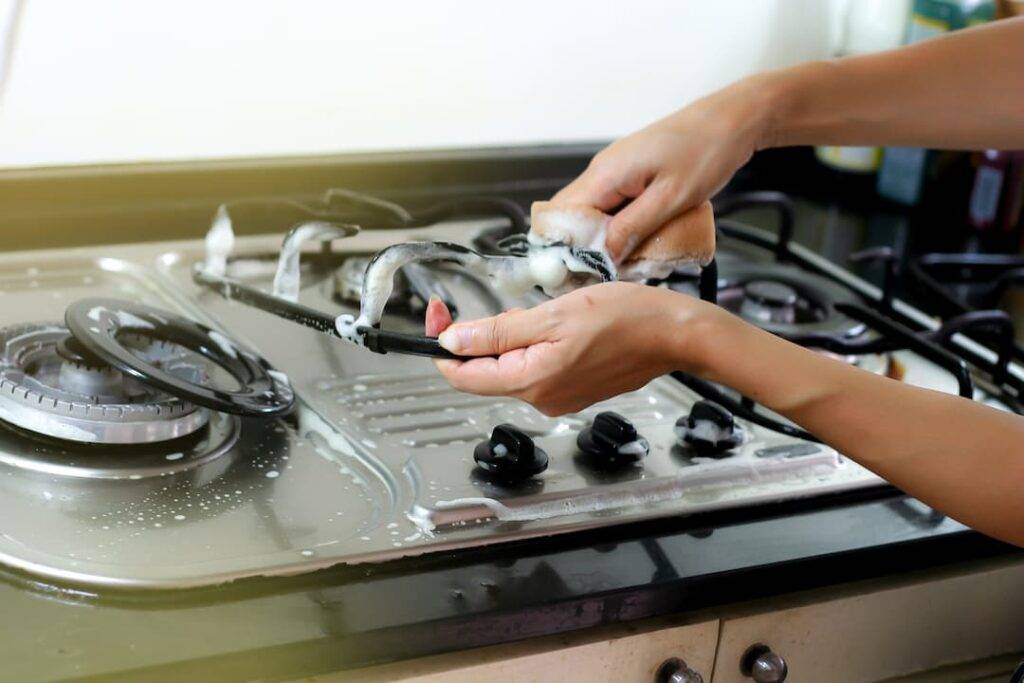
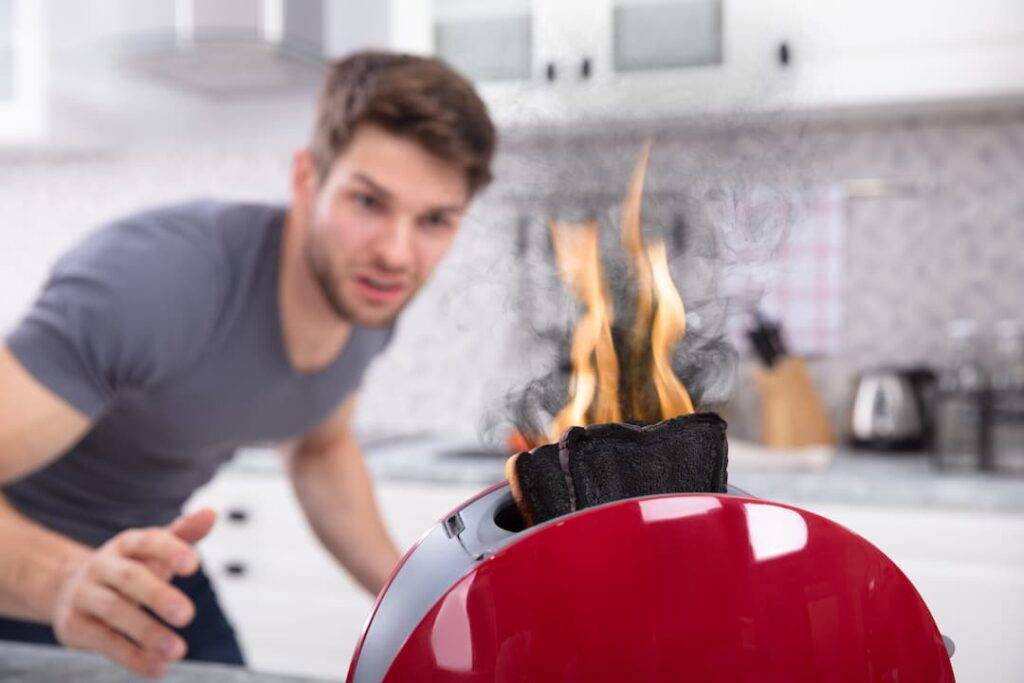
Use Kitchen Equipment Mindfully
Never place a toaster underneath a cabinet or curtains when in use. Do not allow tea towels or kitchen paper to cover the toaster or hob. Don’t allow water to come into contact with electrical plugs or sockets. You also shouldn’t allow water to come into contact with hot fat. Don’t overfill your fryer or use more oil than necessary for cooking. Be careful when using oil, don’t allow it to smoke or it may catch fire. Never ever put metal in the microwave. Turn off any appliances when they’re not in use.
Don’t use cooking equipment when under the influence of alcohol or drugs, including prescription drugs. Impaired judgement can lead to mistakes. Mistakes could lead to kitchen fires. It’s not worth the risk.
How To Deal With A Kitchen Fire
If a fire has broken out in your kitchen, you should know what to do. It’s important to act fast, as fires can spread quickly and easily get out of control.
When cooking equipment is involved, turn off the heat if it’s safe to do so. Do not throw water on the fire, as this can cause it to spread. If the fire is in the microwave or oven, don’t open the door. The lack of oxygen will help to starve the flames. If the fire is in a cooking pot or pan and it’s safe to do so, use an oven glove to put a lid on the pan.
You can smother a fire with salt or baking soda if you have enough to cover the flames. Never use flour to smother a fire, as this is combustible and can explode, making the situation worse. If you have access to a fire extinguisher, aim for the base of the fire and stand a safe distance away. Ensure the fire is extinguished fully. If you’re unable to contain the flames or feel that the fire is getting out of control, leave the room and shut the doors behind you. Evacuate your home and call 999.
For Fire Safety Equipment, Use City Fire Protection
Our job is to ensure that fire safety equipment and information is easily accessible to everyone. We’re experts at minimising fire risk in all domestic and commercial spaces. We believe that fire safety is important in all spaces, don’t allow your home to be left at risk.

